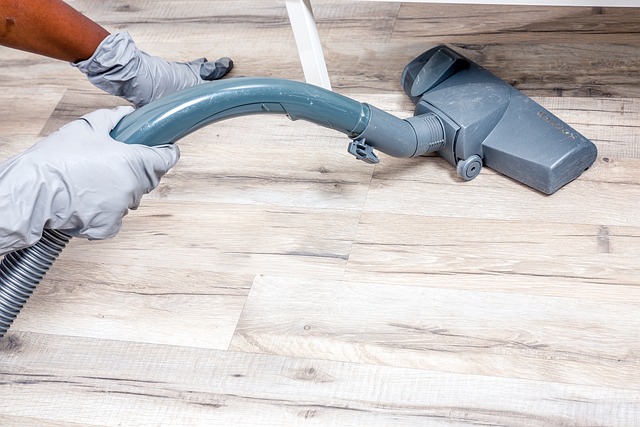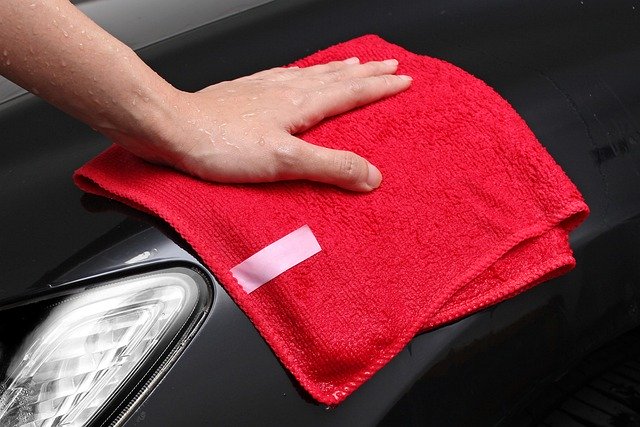In the hustle and bustle of modern life, our homes often bear the brunt of our busy schedules. The result? Cluttered spaces that can leave us feeling overwhelmed and stressed. But fear not, for there exists a transformative duo – a dynamic partnership that holds the key to unlocking the true potential of your living space: decluttering and cleaning. This two-step approach is not just a routine; it’s an art, a science, and a philosophy rolled into one. Together, these processes create a synergy that transcends mere cleanliness, leading to a home that radiates tranquility and order.
Welcome to the art of a tidier home – where simplicity meets cleanliness, and where every discarded item and every wiped surface contribute to a space that breathes, inspires, and rejuvenates.
Here is our post on The KonMari Method for Decluttering Home
The Decluttering Process
The Importance of Decluttering
- Clutter-Free Mind: A cluttered space often leads to a cluttered mind. Decluttering helps create mental clarity and reduces stress.
- Visual Appeal: A decluttered home is visually appealing, promoting a sense of calm and relaxation.
Getting Started with Decluttering
- Room-by-Room Approach: Begin decluttering one room at a time. This prevents feeling overwhelmed and allows you to focus on specific areas.
- Sorting Items: Divide belongings into categories – keep, donate, and discard. Be ruthless in letting go of items you no longer need.
Decluttering Tips for Every Room
Living Room
- Keep Multipurpose Furniture: Opt for furniture that serves multiple functions to minimize the need for excess items.
- Cable Management: Tidy up cables and cords to create a neat and streamlined appearance.
Bedroom
- Clothing Categorization: Organize clothing by type and season. Donate items you haven’t worn in the past year.
- Under-Bed Storage: Utilize under-bed storage for items you want to keep but don’t need daily.
Kitchen
- Minimalist Countertops: Clear countertops of unnecessary appliances and utensils for a cleaner look.
- Expired Items: Regularly check and discard expired items from the pantry and refrigerator.
Bathroom
- Streamline Products: Keep only essential toiletries visible and store the rest in cabinets.
- Expired Medications: Safely dispose of expired medications and keep the medicine cabinet clutter-free.
Emotional Aspect of Decluttering
- Sentimental Items: While sentiment is important, evaluate if keeping every sentimental item is necessary. Consider taking photos to preserve memories.
- Letting Go: Understand that decluttering is a process of letting go. Embrace the freedom that comes with a more minimalist lifestyle.
See also our post on De-Cluttering Your Kitchen for Easy Cleaning which will make your cleaning task hassle free.
The Cleaning Process
2.1 The Importance of Regular Cleaning
- Health Benefits: Regular cleaning helps eliminate dust, allergens, and bacteria, creating a healthier living environment.
- Preservation: Cleaning surfaces and items regularly helps preserve their longevity, reducing the need for replacements.
Developing a Cleaning Routine
- Daily Tasks: Incorporate quick daily tasks, such as making the bed, wiping surfaces, and doing dishes, to maintain cleanliness.
- Weekly Tasks: Set aside time for deeper cleaning tasks, including vacuuming, mopping, and dusting, on a weekly basis.
Cleaning Tips for Every Room
Living Room
- Rotate Furniture: Move and clean behind furniture regularly to prevent dust buildup.
- Wash Soft Furnishings: Wash or vacuum upholstery, curtains, and cushions to remove dust and allergens.
Bedroom
- Regular Bedding Changes: Change bedding at least once a week to promote a clean and hygienic sleep environment.
- Air Purification: Open windows for fresh air circulation, enhancing the overall cleanliness of the room.
Kitchen
- Appliance Deep Clean: Periodically deep clean appliances, such as the oven and refrigerator, to maintain optimal functionality.
- Sanitize Surfaces: Regularly sanitize kitchen surfaces, especially after handling raw meat or food preparation.
Bathroom
- Grout Cleaning: Prevent mold and mildew by regularly cleaning bathroom grout with a suitable cleaner.
- Ventilation: Ensure proper ventilation to reduce humidity and minimize the risk of mold growth.
Eco-Friendly Cleaning Solutions
- DIY Cleaners: Create your cleaning solutions using natural ingredients like vinegar, baking soda, and lemon.
- Environmentally Friendly Products: Choose cleaning products with eco-friendly certifications to minimize environmental impact.
See also our post on How to Keep Your Home Clean and Organized on a Daily Basis – 10 Tips
The Symbiotic Relationship
Decluttering Precedes Cleaning
- Clear Spaces: Decluttering opens up spaces, making it easier to clean surfaces and reach hidden areas.
- Identify Cleaning Needs: Through decluttering, identify areas that require special attention during the cleaning process.
Cleaning Maintains Decluttered Spaces
- Prevent Accumulation: Regular cleaning prevents the re-accumulation of clutter by addressing it at the source.
- Visual Appeal: A consistently clean space maintains the visual appeal achieved through decluttering.
Strategies for Maintaining a Tidy Home
Daily Habits
- 10-Minute Rule: Spend 10 minutes each day tidying up and putting items back in their designated places.
- Evening Routine: Establish a nightly routine of picking up and organizing to wake up to a tidy home.
Monthly Assessments
- Check-In: Schedule monthly assessments to evaluate the need for decluttering and identify areas that may require deep cleaning.
- Rotational Cleaning: Focus on one specific area each month for a more thorough clean.
Involving the Whole Family
Family Meetings
- Open Communication: Discuss the importance of decluttering and cleaning as a family.
- Assign Responsibilities: Distribute tasks among family members to encourage a collaborative effort.
Age-Appropriate Chores
- Simple Tasks for Children: Involve children in age-appropriate tasks, such as putting away toys or wiping surfaces.
- Teenagers and Responsibilities: Assign older children tasks like vacuuming, laundry, or even assisting with decluttering decisions.
Common Challenges and Solutions
Overcoming Procrastination
- Set Small Goals: Break down decluttering and cleaning tasks into smaller, manageable goals.
- Reward System: Create a reward system to celebrate achievements, motivating continued effort.
Sentimental Attachments
- Photographic Memories: Take photos of sentimental items before letting them go to preserve the memory.
- Designate a Memory Box: Allocate a specific space for sentimental items to avoid unnecessary clutter.
Here is our post on 10 Best Tips for Reducing Waste in Your Home Cleaning Routine
Conclusion
In this comprehensive journey, we’ve uncovered the significance of daily habits, the impact of a collaborative family effort, and the necessity of overcoming common challenges. We’ve delved into the emotional aspects of decluttering, acknowledging the sentimentality attached to our belongings while advocating for the freedom that comes with letting go.
This two-step approach is not a one-time fix but rather a lifestyle, a philosophy that extends beyond the physical act of cleaning and organizing. It’s a commitment to a clutter-free mind, a visual aesthetic that promotes calmness, and an environment that nurtures our physical and mental well-being.
As we bid farewell to the clutter and welcome the freshness of cleanliness, let this be more than a guide – let it be an inspiration. May your home become a testament to the art of a tidier life, where decluttering and cleaning, in their simplicity and effectiveness, become the pillars of a haven you are proud to call your own. Happy tidying!












